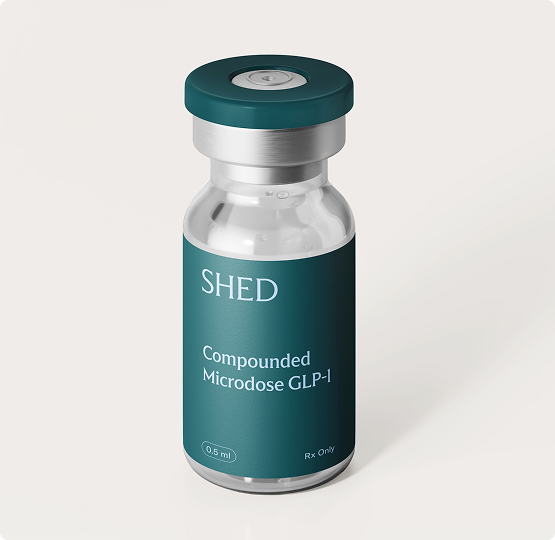Fun in the sun is a pillar of summertime. But soaking up those rays can lead to more than a sun-kissed tan. Skin damage, premature aging, and increased risk of skin cancer can enter the picture as well.
The good news is that you don’t have to give up sunny days and retreat to a windowless room from sunrise to sunset. By incorporating some simple sun-safety tips into your daily routine, you can keep your skin healthy and radiant all year long.
7 sun safety tips
1. Wear sunscreen—every day
Whether you’re partying at the beach or having a normal day, you’re likely getting more sun exposure than you think. So for the sake of your skin health, get in the habit of putting on broad-spectrum sunscreen—at least SPF 30—every day.
If you’re going to be outside for a while, apply sunscreen generously 15 minutes beforehand and reapply every few hours afterward. Be sure to reapply after swimming or sweating, too. If you plan to spend most of the day indoors, one coat of sunscreen should be enough.
2. Stay in the shade
There’s no rule that says you must be in the path of the sun’s rays to enjoy summer; in fact, your most memorable moments could be spent chilling in the shade. Especially during peak hours—between 10 a.m. and 4 p.m.—the shade of a tree, umbrella, canopy, or even a building is the best way to limit sun exposure while still enjoying the outdoors.
3. Wear protective clothing
Covering your skin with lightweight long sleeves and pants will save you time (and hassle) applying sunscreen. Just remember that dark colors are more protective than light colors, dry is better than wet, and tightly woven fabric is better than loosely woven clothing.
And don’t forget about your feet! If you’re wearing sandals or flip-flops, a quick coat of sunscreen on the tops of your feet will do the trick.
4. Keep a wide-brimmed hat close
A wide-brimmed hat protects your face, ears, and neck, areas that often get the brunt of the sun’s damaging UV rays. Plus, it’s easy to throw a hat on when you’re in a hurry, and you’ll be glad you have it if you forgot to apply sunscreen before going outside.
5. Wear UV-blocking sunglasses
Sunglasses are more than just a fashion statement. They protect your eyes, as well as the delicate skin around your eyes, from sun damage. Ideally, sunglasses should block at least 99% of UV rays. If the pair of sunglasses you’re considering buying doesn’t have a UV label on it, assume it doesn’t have UV protection and move on to a pair that does.
6. Be mindful of reflective surfaces
Ever notice that the sun seems to shine brighter on the beach, on the slopes, or even on the sidewalk? It’s not just you. Surfaces like water, snow, sand, and concrete reflect UV rays and increase your sun exposure. So when you’re near any of these surfaces, be extra diligent about sunscreen and protective coverings, and seek out shade when you can.
7. Avoid indoor tanning devices
An artificial tan may be convenient, but tanning beds lamps give off UV rays just like the sun does, and have been linked to an increased risk of melanoma. If you want to add a little bit of color to your skin, try a sunless tanning cream instead. These are generally considered to be safe when used as directed.
Long-term benefits of sun protection
Sun protection may be a hassle at times, but any efforts you make in this area can pay off for years to come. Consistent sun safety can help:
- Prevent premature aging, meaning less wrinkles, sagging, and sun spots
- Maintain even skin tone and smoother texture
- Lower your risk of sunburn, skin damage, and all forms of skin cancer
- Support overall skin health by preserving collagen and elasticity
How to check for signs of melanoma
Even if you’ve followed all the sun-protection tips to the letter, it’s still a good idea to monitor your skin regularly for changes. Melanoma can develop in existing moles or as a new spot.
When checking potential melanoma spots, use the ABCDE method:
- A—Asymmetry: Most melanomas are asymmetrical. If one half of the mole doesn’t match the other, it may not be just another common mole.
- B—Border: Melanoma borders tend to be irregular, ragged, or uneven.
- C—Color: You want your moles to be one color, usually brown. Multiple colors—such as red, white, or blue—are a warning sign.
- D—Diameter: Smaller is always better, but if you find a mole that is ¼ inch in diameter (about the size of a pencil eraser), it’s time to get it checked.
- E—Evolving: If a spot changes in size, shape, or color, or starts to itch or bleed, be sure to get it checked.
If you notice any of these signs, or if something just feels “off,” make an appointment with your dermatologist right away. If you have a family history of skin cancer, have used tanning beds, or have had frequent sunburns in the past, an annual skin check might be a good idea to stay on top of your skin health.
Short-term habits for long-term benefits
The skin is the body’s largest organ and is affected by every lifestyle choice you make—so any extra effort you make to protect it will benefit you in the long run. Incorporating sun-safety habits into your regular routine will be worth the effort, both now and in the future.
To stay up-to-date on any new Shed products and resources for skin, join our newsletter!
.svg)









